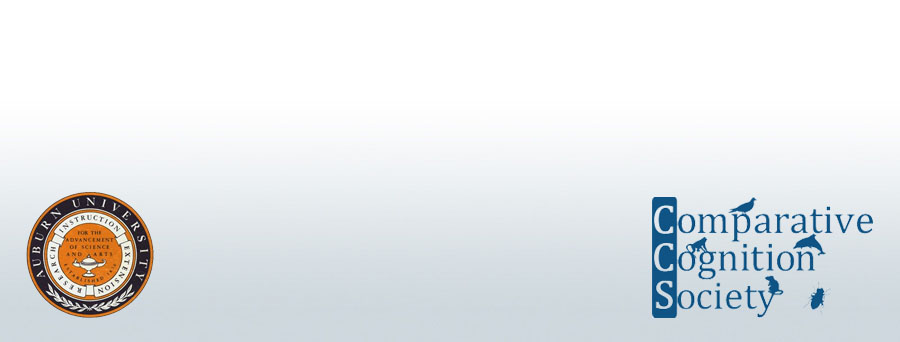Home State:
California
Graduated From:
University of California, San DiegoResearch Interests:
My research focuses on understanding the cognitive processes underlying the etiology and maintenance of anxiety disorders. In particular, my research has centered on investigating the role of information-processing biases in specific phobia. Presently, the precise nature with which these biases operate on anxiety and influence the mainteance of anxiety-related disorders remains unclear. Thus, the ultimate goal of my research is to better elucidate the nature of these cognitive biases in order to make anxiety disorders more amenable to change.Representative Studies:
The Attentional Blink Effect in Spider- and Snake-fearful Individuals
We investigated the temporal allocation of attention toward
threat in spider- and snake-fearful individuals using the rapid serial visual
presentation paradigm. Relative to
non-anxious controls, fearful individuals were more readily able to process and
recall non-threat stimuli appearing within a half second of phobia-specific
stimuli that were displayed in the same spatial location, possibly reflecting
the after-effects of hypervigilance toward threat. Although fleeting, this attentional
perseverance likely impedes attentional resources from being allocated toward
possibly more relevant stimuli in the periphery, producing opportunities for
functional impairment. Given the
automatic processes that underlie such attentional patterns, biases of this
sort may help to explain why the maintenance of anxiety disorders is often so
robust.
Change Detection in
Spider-fearful Individuals
Extant
research suggests that there are limited contexts under which memory
biases are expressed in specific phobia. Research to date, however, has
yet to investigate whether individuals with and without animal phobia
have differential working memory capacities for phobia-specific stimuli
in a change detection paradigm. Although accuracy and reaction time
were impeded as a function of display size and stimulus complexity,
spider-fearful and spider-tolerant individuals did not significantly
differ in their visual working memory capacities for threat-relevant
stimuli. Furthermore, participant SPQ scores did not correlate with
accuracy and reaction time data for threat-relevant stimuli. The
absence of a visual working memory bias confirms previous findings that
attentional biases are more commonly expressed than are memory biases
in specific phobia. This is said to be the case given that self-schemas
tend to be more relevant to other disorders, such as depression,
compared to anxiety.
Sample Work:
Attentional Blink Effect in Spider- and Snake-fearful Individuals
Change Detection in Spider-fearful Individuals
Hobbies/Activities:
Watching and attending sporting events, honing my pop culture knowledge, and catching up on my DVR.
Favorite Quote:
"Money may not buy you happiness, but it's easier to cry in a Mercedes than on a unicycle."
